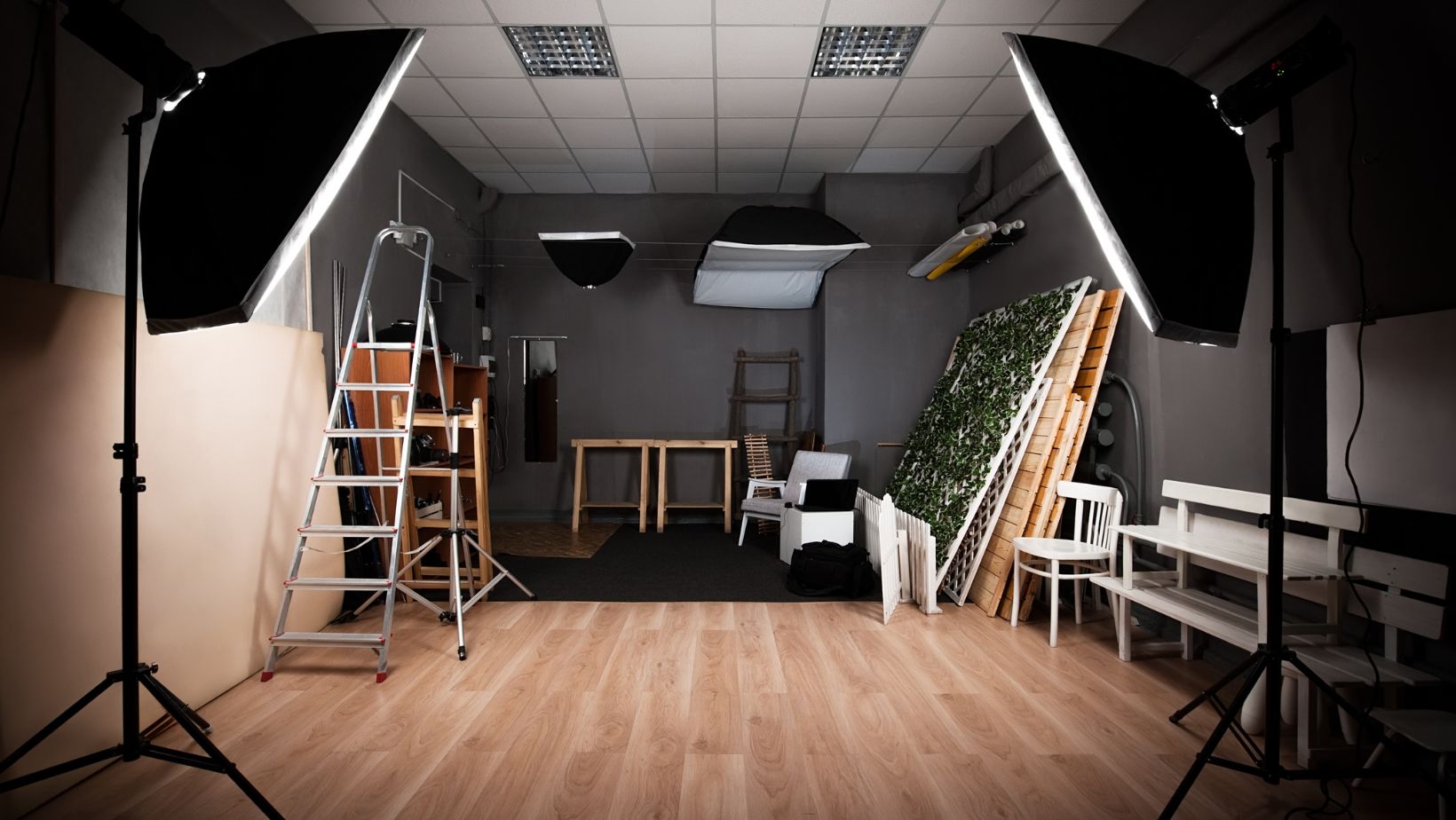
Photography studios serve as sanctuaries for photographers, where creativity blossoms and moments are captured in frames. These studios come in various shapes and sizes, each tailored to meet the unique needs of different types of photography studio. Whether it’s capturing commercial products, timeless portraits, or artistic compositions, a well-equipped studio provides the necessary tools and environment for photographers to excel.
Types of Photography Studios
Photography studios can be categorized based on their specialization.
Commercial Photography Studios
These studios focus on capturing images used for commercial purposes, such as advertising campaigns, product catalogs, and corporate branding.
Portrait Photography Studios
Portrait studios specialize in capturing individuals, families, or groups in a controlled environment, emphasizing expression and personality.
Product Photography Studios
Product studios are dedicated to showcasing items for e-commerce, print media, or promotional materials, requiring precise lighting and attention to detail.
Key Components of a Photography Studio
A successful photography studio requires essential components to function effectively.
Lighting Equipment
Lighting plays a pivotal role in photography, and studios are equipped with various lighting setups to achieve desired effects.
Backdrop and Props
Backdrops provide a blank canvas for photographers to create diverse settings, while props add depth and context to the images.
Camera and Accessories
High-quality cameras, lenses, and accessories are indispensable tools in any photography studio, enabling photographers to capture stunning visuals.
Setting Up Your Own Photography Studio
Creating your photography studio involves careful planning and investment.
Choosing the Right Location
Selecting a suitable location with ample space, natural light, and accessibility is crucial for a successful studio setup.
Designing the Studio Space
The layout and design of the studio should prioritize functionality, aesthetics, and client comfort.
Investing in Equipment
Investing in quality equipment ensures consistency and professionalism in your work, from cameras and lighting to editing software.
Importance of Lighting in Photography Studios
Lighting is the cornerstone of photography, significantly influencing the mood, tone, and quality of images.
Natural Light vs. Artificial Light
Photographers often leverage natural light for its softness and warmth, but artificial lighting provides control and consistency in any environment.
Types of Lighting Setups
From softboxes and umbrellas to strobes and continuous lights, various lighting setups offer versatility in achieving desired results.
Controlling Light for Desired Effects
Understanding light modifiers and techniques such as diffusing, bouncing, and feathering allows photographers to sculpt light to their advantage.
Creating a Welcoming Atmosphere
A welcoming atmosphere enhances the client experience and fosters creativity in the studio environment.
Comfortable Seating Area
Providing clients with a comfortable seating area creates a relaxed and enjoyable experience during photo sessions.
Decor and Ambiance
Thoughtful decor and ambiance contribute to the overall aesthetic of the studio, reflecting the photographer’s style and personality.
Utilizing Props and Backdrops
Props and backdrops are invaluable resources for adding depth, context, and visual interest to photographs.
Choosing Props for Different Themes
Props are carefully selected to complement the theme or narrative of the photo shoot, enhancing storytelling and creativity.
Versatility of Backdrops
From seamless paper rolls to textured fabrics, backdrops offer endless possibilities for creating diverse settings and moods.
Marketing Your Photography Studio
Effective marketing is essential for attracting clients and growing your photography business.
Building an Online Presence
A professional website and active presence on social media platforms showcase your portfolio and attract potential clients.
Utilizing Social Media Platforms
Engaging with your audience through platforms like Instagram, Facebook, and Pinterest helps build brand awareness and community.
Networking and Collaboration
Networking with fellow photographers, vendors, and industry professionals can lead to valuable collaborations and referrals.
Offering Additional Services
Diversifying your services enhances your studio’s value proposition and revenue streams.
Editing and Retouching
Offering post-processing services ensures consistent quality and enhances the final output of your images.
Print and Product Sales
Providing clients with options for prints, albums, and other products adds value to their photography experience and generates additional revenue.
Customer Experience and Satisfaction
Delivering exceptional service and building strong client relationships are key to long-term success in the photography industry.
Providing Exceptional Service
From the initial inquiry to the final delivery of images, every interaction with clients should exceed expectations.
Building Client Relationships
Building trust and rapport with clients fosters loyalty and leads to repeat business and referrals.
Tips for Success in the Photography Industry
Continuous learning, creativity, and adaptability are essential for thriving in the competitive landscape of the photography industry.
Continuous Learning and Improvement
Staying updated on industry trends, techniques, and technologies ensures your skills remain relevant and competitive.
Staying Inspired and Creative
Seeking inspiration from diverse sources and challenging yourself creatively keeps your work fresh and engaging.
Challenges Faced by Photography Studios
Despite the rewards, photography studios encounter various challenges in their day-to-day operations.
Competition
The photography industry is saturated with talent, requiring studios to differentiate themselves and continually innovate.
Seasonal Trends
Fluctuations in demand and seasonal trends can impact the workflow and income of photography studios.
Future Trends in Photography Studios
As technology evolves, photography studios are embracing innovative trends to stay ahead of the curve.
Virtual Reality and Augmented Reality
Virtual and augmented reality technologies offer new opportunities for immersive storytelling and interactive experiences.
Personalized Experiences
Tailoring services to individual client preferences and offering unique, personalized experiences sets photography studios apart in a crowded market.
Conclusion
Photography studios are more than just spaces for capturing images—they are creative havens where moments are immortalized and stories are told. By understanding the importance of lighting, ambiance, and customer experience, photographers can create memorable and impactful visuals that resonate with their audience.














